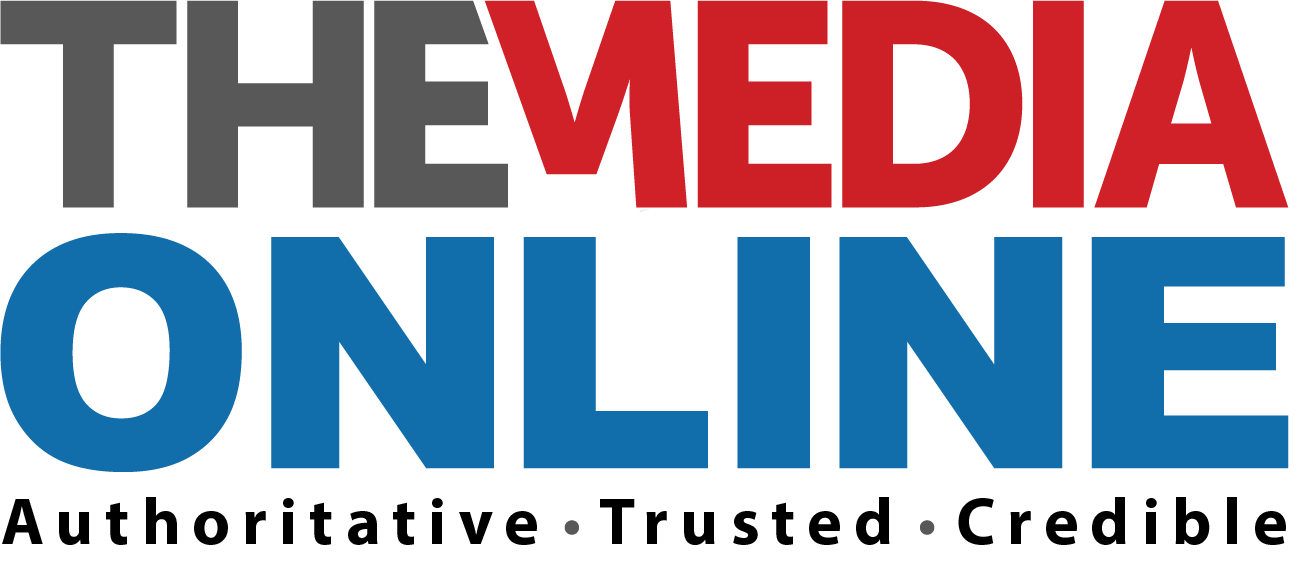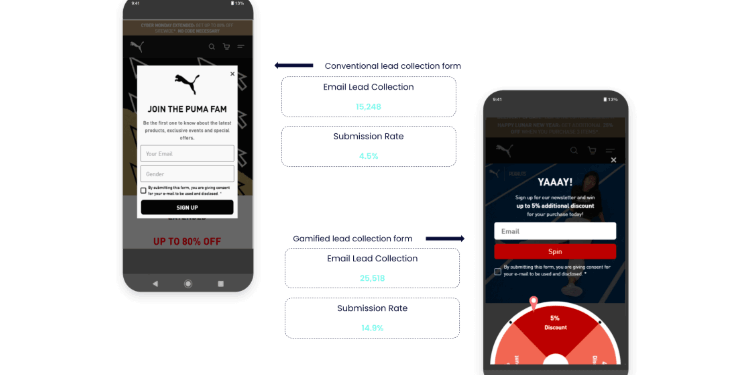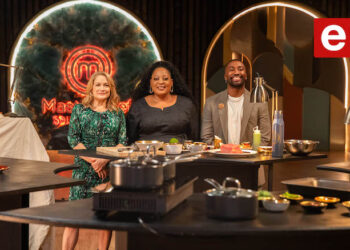From corporate learning platforms to Discovery’s Vitality platform, ‘gamification’ has become a part of many people’s daily lives.
The idea behind gamification is a simple one: turning tasks into games – often with scorecards, incentives, levels, and other gaming mechanics – is a powerful way to incentivise human behaviour as well as make it more enjoyable and motivating to perform tasks or engage with content.
We are seeing marketers increasingly use gamification as a technique to make their digital ads more engaging and interactive, with the goal of standing out in a crowded display advertising landscape. When done right, the results can be impressive.
Not only can gamified experiences increase customer engagement by nearly 50%, they can also significantly increase ad recall as well as build stronger brand affinity.
Gamification has many shapes and sizes
Examples abound of how gamification can help to drive better customer engagement. Even basic mechanics can lead to meaningful results.
For example, a Puma case study from Malaysia shows just how simple it can be: allowing customers to spin a wheel to get a discount. This campaign delivered a 231% increase in lead submission rates, a 163% rise in coupon code usage, and a 10% uplift in conversion rates.
Gamification can also be more ambitious and personalised, as was the case with Louis Vuitton’s Enigma, an immersive game hosted on the Discord platform. Members of the Louis Vuitton Discord were invited to solve daily riddles to find Vivienne, the luxury brand’s mascot.
The fashion house created a mystery that highlighted the classic travel motifs as well as building its digital presence.

Source: LVMH News
In between these two extremes, gamification can take many formats—limited only by the imagination of creative teams. It can be as straightforward as letting a consumer swipe to reveal a new product or complete a quiz, or it can involve longer-term engagement through rich graphics, more complex gameplay, and even leaderboards and prizes for top players.
One format we’re seeing grow in popularity is a banner that dynamically pulls in products—similar to a Google Shopping feed – and displays them in a more creative format. For example, imagine a user doing a virtual walkthrough of a lounge and clicking on individual items to learn more or visit a landing page. Another option is to present a video with an interactive end card.
Why don’t more brands use gamified ads?
We’ve seen many clients achieve strong results from using gamified banners compared to standard GIF banners. The question that naturally arises is why standard gif banners with limited functionality continue to dominate. The answer is cost: creating and running an effective gamified banner is far more expensive than a standard ad.
In effect, a gamified banner can become as complex as a mini website, especially if it features intricate mechanics and rich visuals. Marketers need to weigh up whether a 40% increase in engagement or clicks justifies the higher development costs and ad serving fees associated with running gamified banners on programmatic ad platforms.
Another challenge is ensuring the gamified ad – and any incentives it offers – are compelling enough to capture users’ attention. Marketers need to ask themselves why a user would want to engage with their ad game rather than play Candy Crush or scroll TikTok. You shouldn’t do gamification just because you can. It should be based on a concept that genuinely excites the audience and builds a real connection.
A run-of-the mill spin-the-wheel or match-three game people have seen hundreds of times won’t cut it. There needs to be a proper creative strategy behind the campaign with a large marketing budget and the correct user incentives to achieve the campaign objectives. The creative needs to be spot-on to immerse the user into a relevant brand experience.
It’s also worth noting that rich media ads come with significantly higher ad serving costs. For instance, using Google’s Campaign Manager 360 (CM360), the cost of serving a rich media ad can be 10 times higher than a standard GIF.
A standard GIF can be created in minutes and served at low cost to a highly targeted audience using platform algorithms. Even though engagement is typically much lower, most marketers prefer this option for cost-effective reach of display campaigns.
The good news is that we’ve noticed that the costs of rich media ads are starting to come down. Creative agencies are also using AI tools to speed up production and reduce development costs. Martech platforms and marketing agencies are also benefitting from tools like Google Studio, which make it more affordable to run gamified ad formats than it was before.
Interactive and standard banners both have a place in the marketing mix
We believe that many brands can benefit from running high-engagement interactive ads alongside standard banners that provide broader reach at a lower cost. This approach allows a brand to grab attention with interactive and compelling formats and then maintain a presence through cheaper standard banners that reinforce messaging and build mindshare.
It is true that people experience “banner blindness” due to the constant wallpaper of ads on cluttered ad network sites.
However, they are more likely to engage with banners from brands they already know. Using gamified ads to boost initial engagement can therefore be a strategic way to improve the performance of standard banner campaigns that follow.
As production costs continue to decline and creative tools become more accessible, gamified advertising may become a more viable option for a wider range of brands.
But even then, it’s unlikely to completely replace standard formats. Instead, leading marketers will continue to balance gamified formats and standard banners to create a multi-layered, cost-effective digital advertising strategy that balances reach, engagement, and return on investment.

Grant Lapping is digital executive at midnight, the innovation agency of iqbusiness, Africa’s future-focused management and digital growth enabler.














